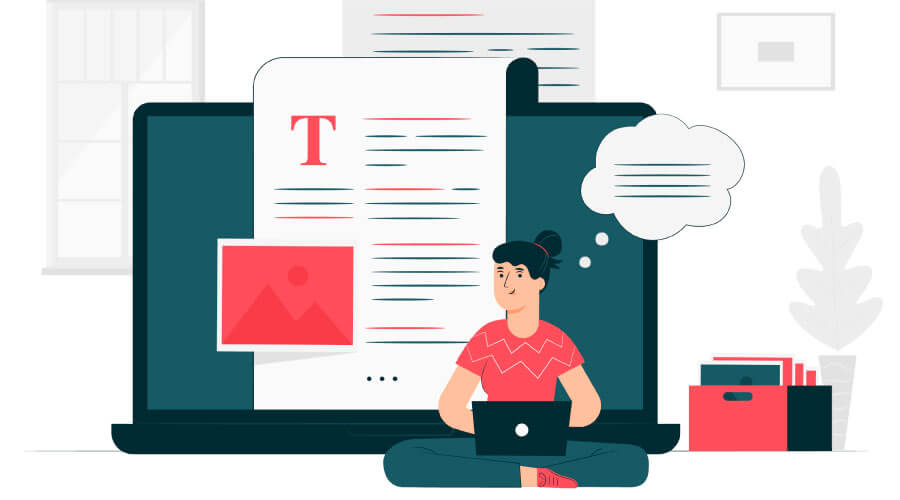
A blog is the ideal space to share valuable information with your community and it is also a medium that makes it easier for you to gain search engine rankings and increase your recognition. To achieve this, you must know about SEO and have unique writing skills that help you create the perfect answers for your readers.
However, none of the above is possible if you don't have a blog page installed on your website (Read also: What is a website and how is it created?), so today we'll show you the steps you need to take to have an eye-catching blog for your audience:
Register your domain and sign up for hosting
The domain is the unique and exclusive name that identifies your brand throughout the Internet and is accompanied by endings such as .CO, .COM or .COM.CO, depending on the availability of your name on the network, your preference and the budget you have allocated for this choice.
On the other hand, hosting is the storage capacity you are going to have on your website and this will depend on the amount of information you want to share there and the number of pages you want to distribute that data on.
At Clickpanda we help you to register your domain and to choose the hosting plan you need to build your blog in case you don't have a website.
Choose the theme of your blog
Once you have created a blog page within your website, you should start thinking about what you are going to write, the topics you are going to develop and a structure that will facilitate the writing of texts but at the same time, will help you to climb in the search engine rankings.
Themes are not chosen at random, they require previous research where you know what is trending and what people want to read on the net, having defined these two points, surely there are many ideas on which you will start working.
How do you want your blog to look?
The design, the location of the titles, the colors, the selection of images, the size of the text and others, are points that you should predefine from the beginning, doing so will help you to create an image and to give order to your blog.
At this point it is important to have a knowledge in SEO that allows you to:
Classify titles according to their importance: H1, H2, H3, etc.
Place internal links to generate traffic to other articles.
Give names to the images that are related to the selected keywords.
Give categories within the blog to your articles to make them easier to find.
These are just some of the tips that you can take into account and that will help you to have a blog that really catches the attention and that has a graphic coherence.
Configure your plugins or tools
Plugins are small programs that are installed on your blog and provide additional features, such as the ability to create contact forms, calendars or anti-spam filters.
This adjustment opens up the possibility of creating databases that will help you to have a community of readers with whom you can interact, and why not, sell them the products you offer. Think about how one action can open up a huge number of possibilities, all of them focused on the growth of your brand through your blog.
Start writing your blog!
Once you have defined all the above points, it's time to sit down to write and develop on paper the ideas that until now were only in your mind. So enjoy this creation process and don't forget the tips we mentioned before so that your blog has the scope you expect.
Keep in mind that in order for your blog to be as successful as you expect it to be and to be your best ally when it comes to positioning yourself in search engines, you must do keyword research to help you find the words you should use in your texts and you must write about topics that are of interest to your readers.
It's not about writing for the sake of writing, it's about writing something that others want to read.







